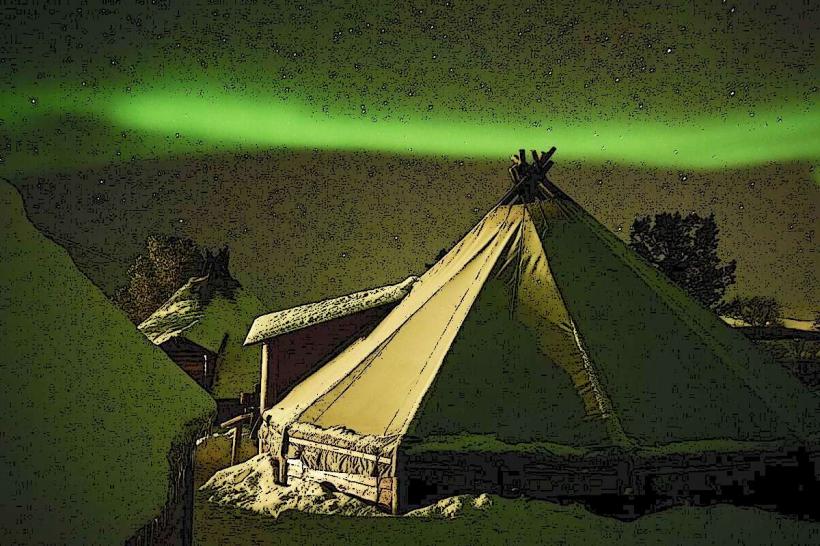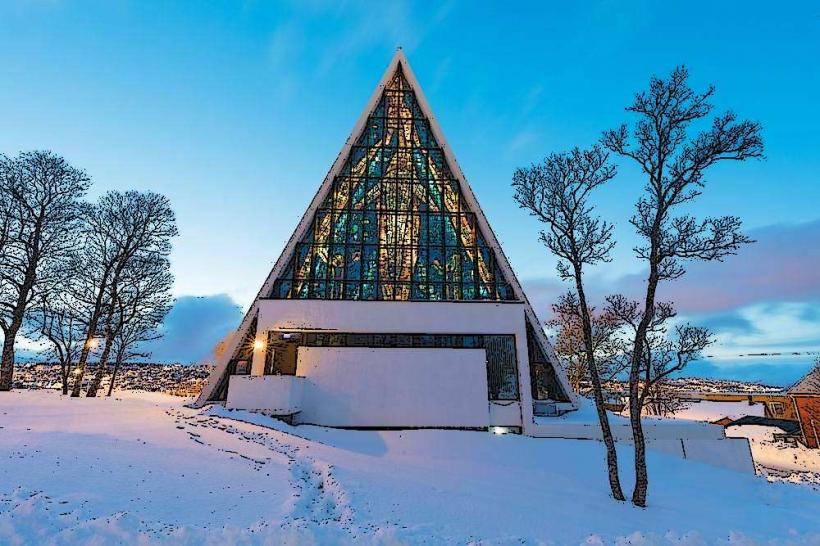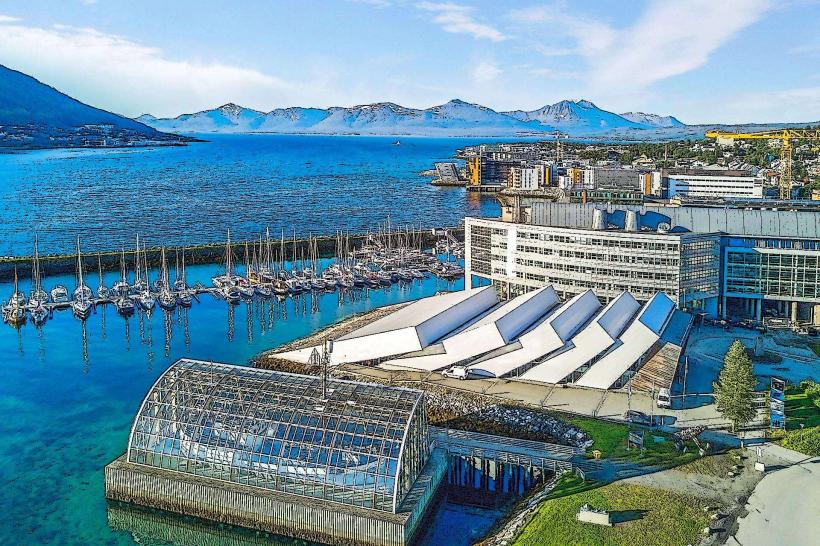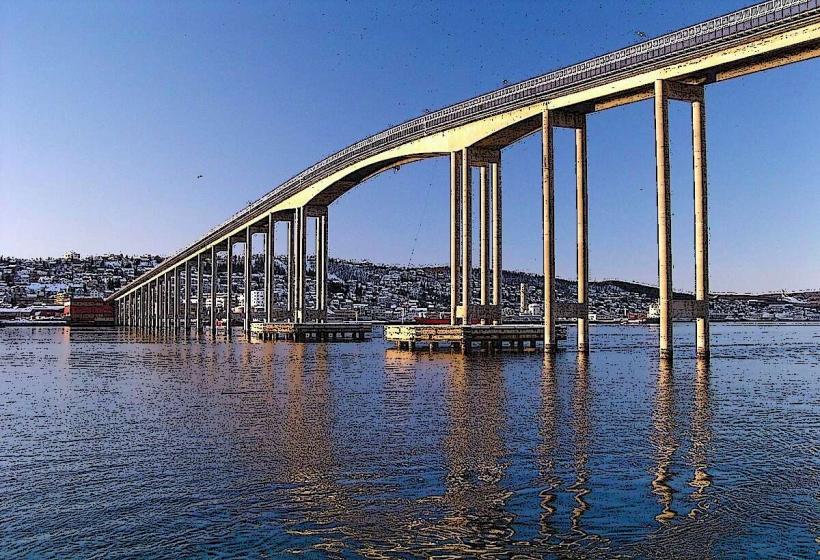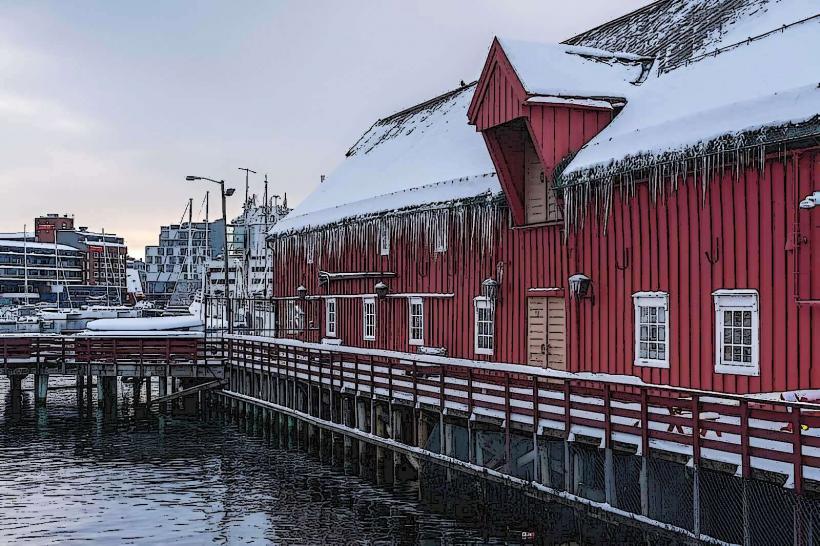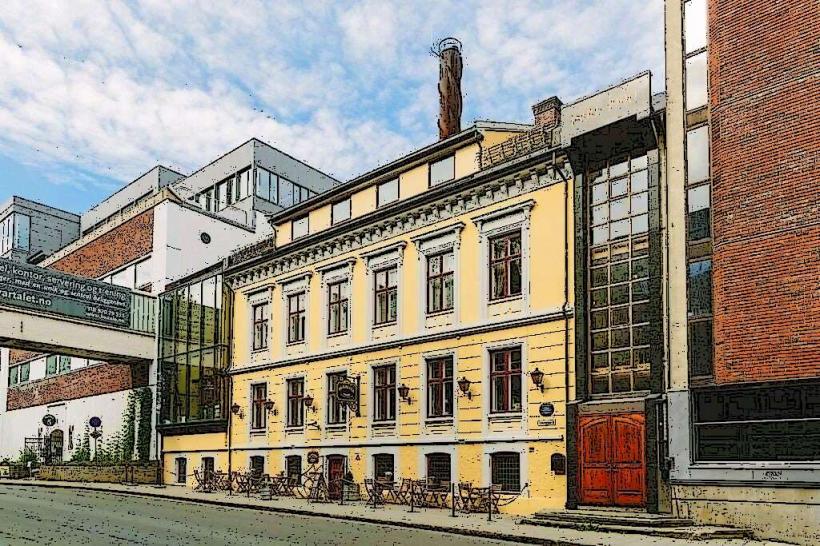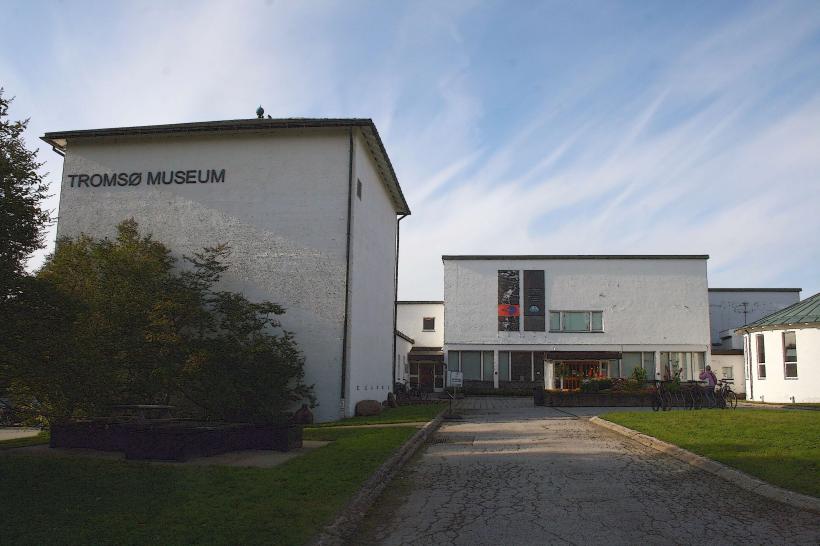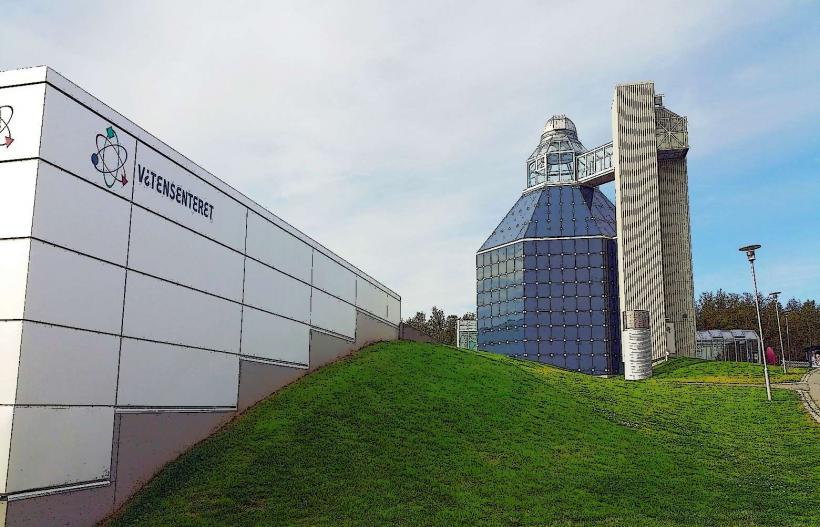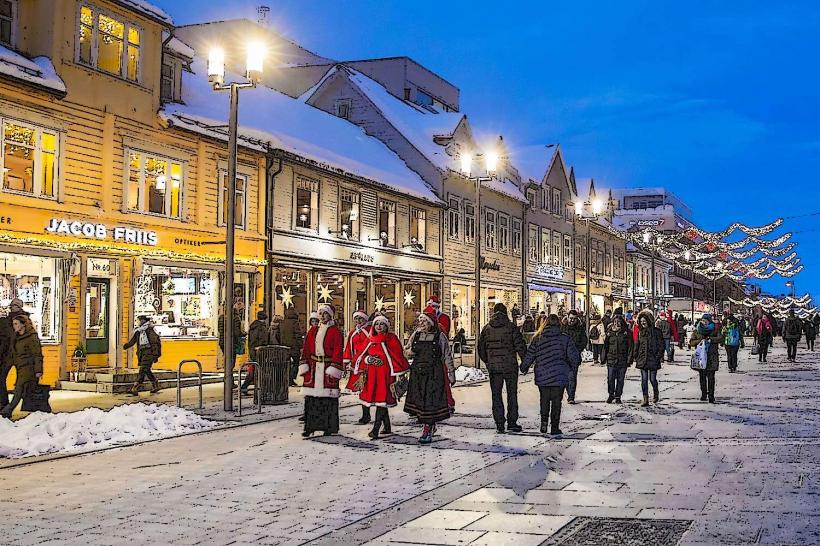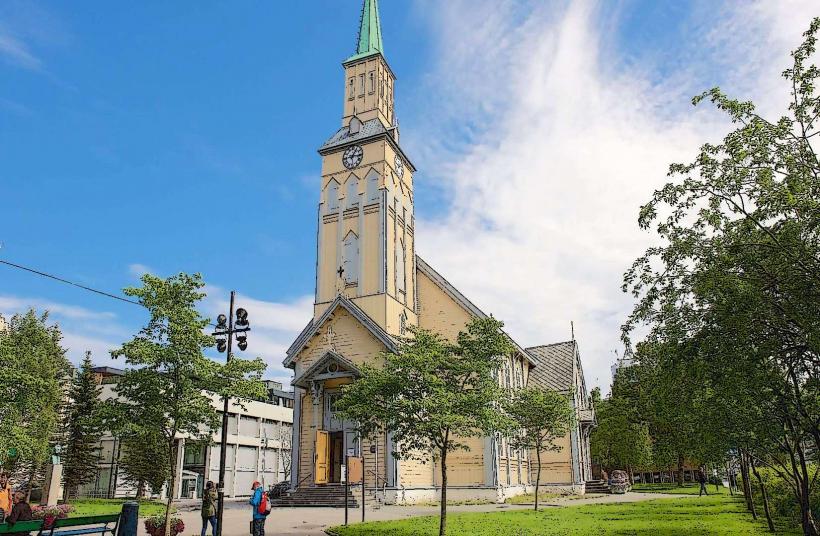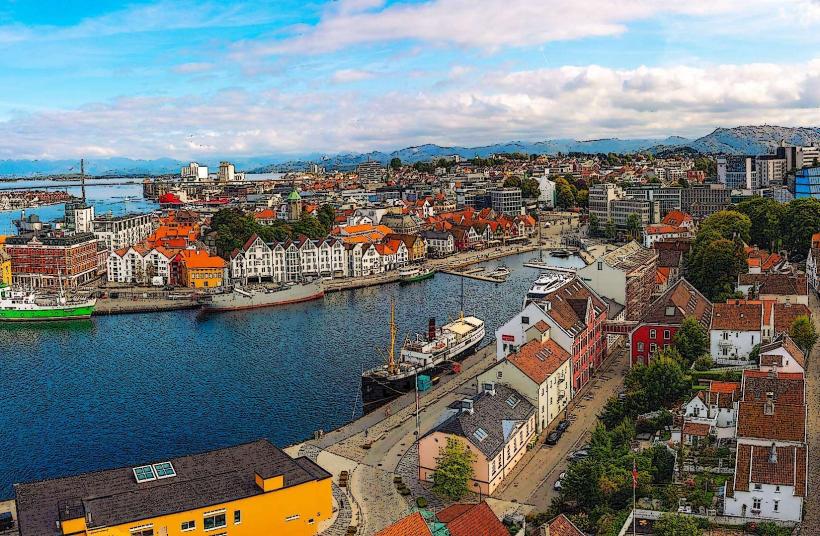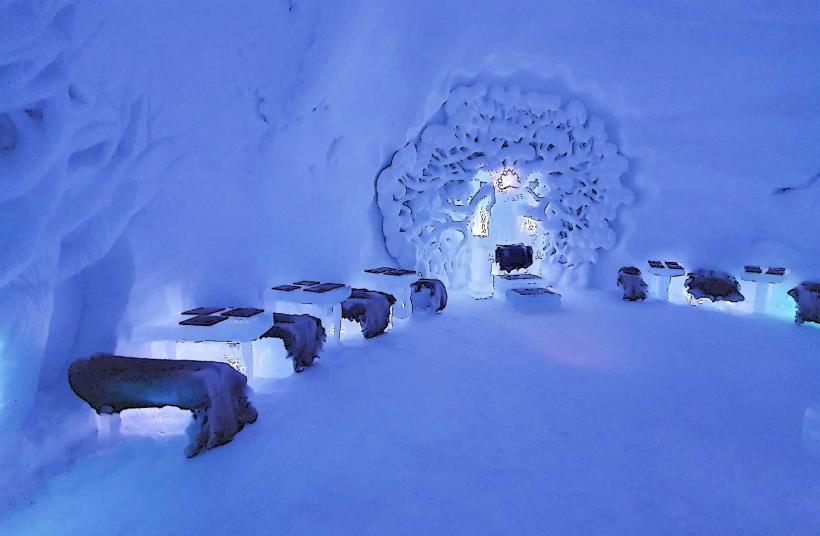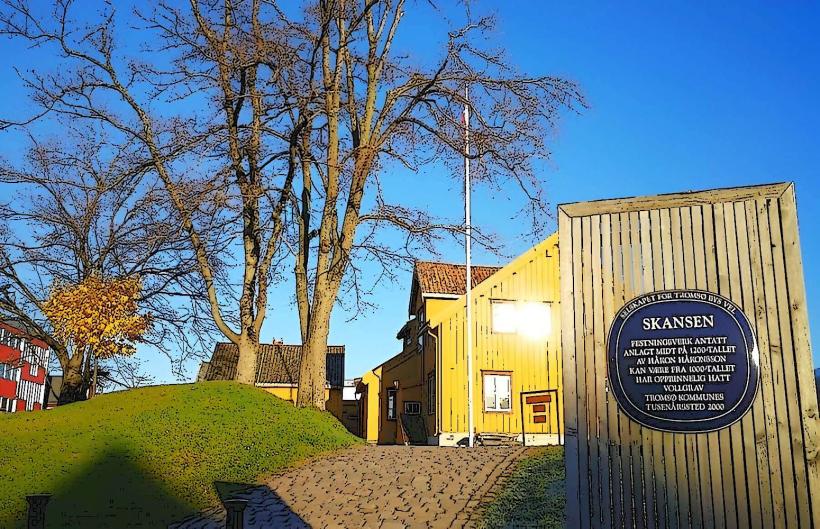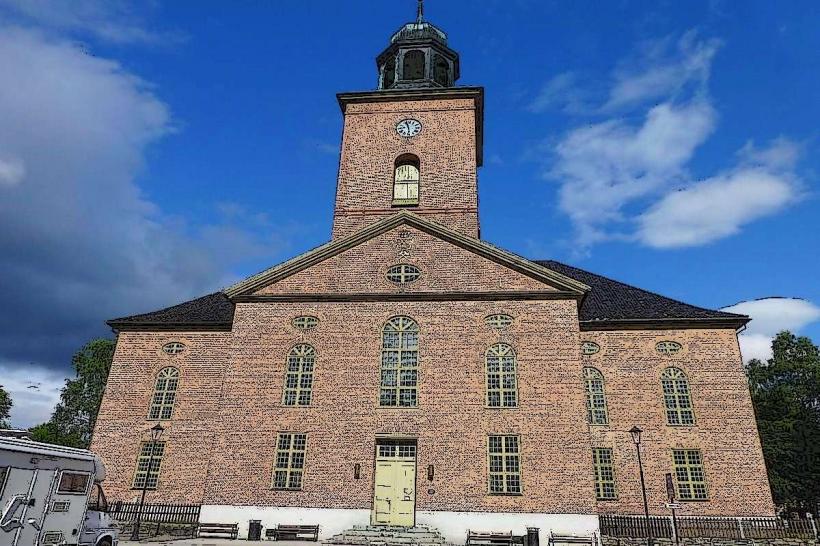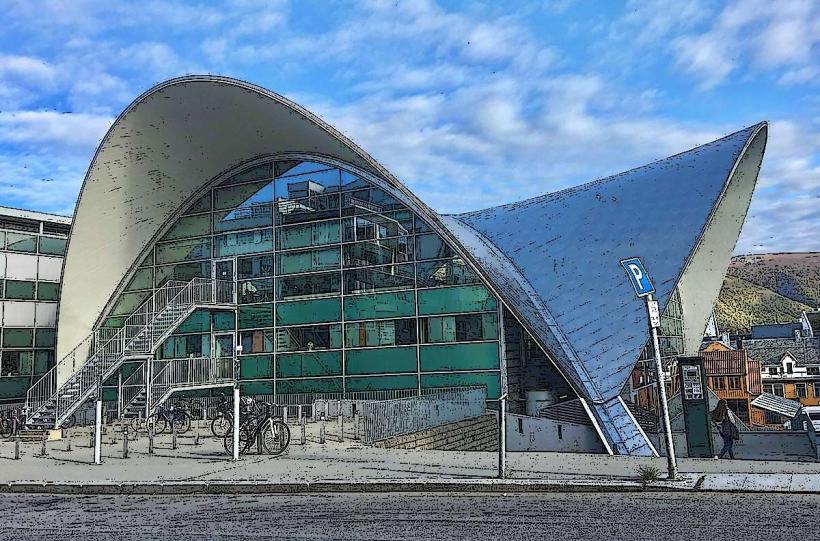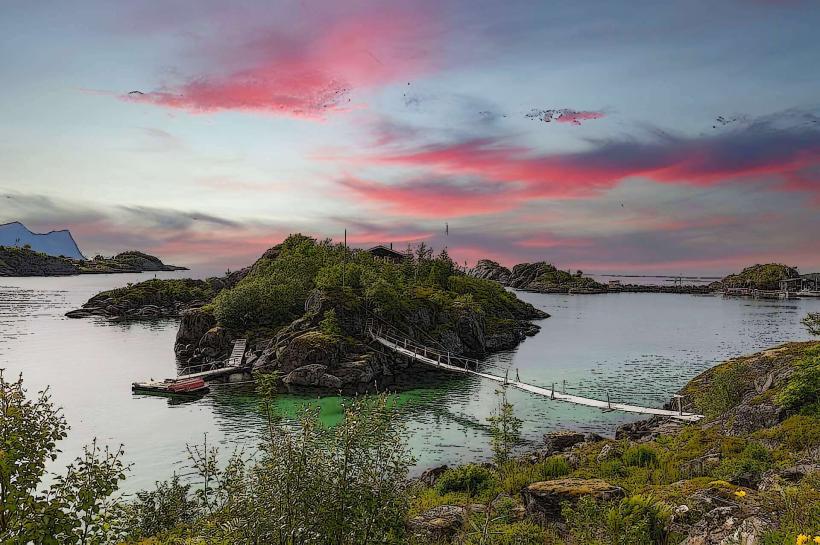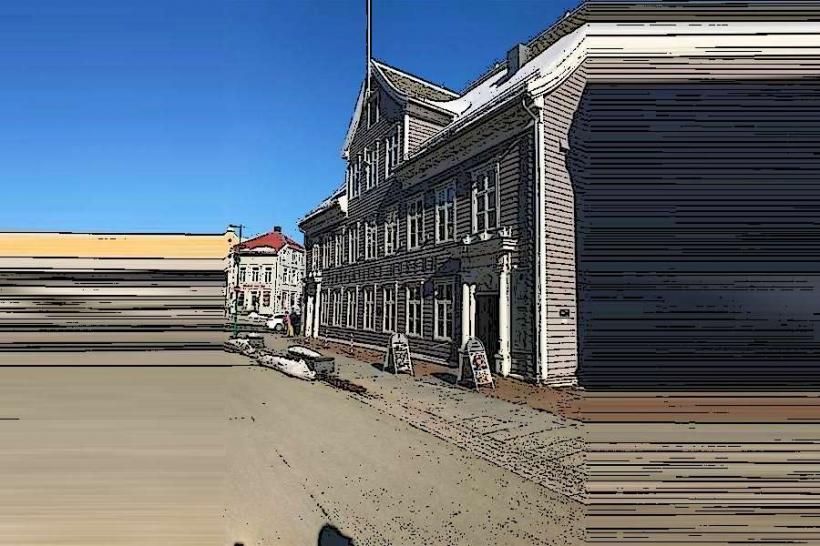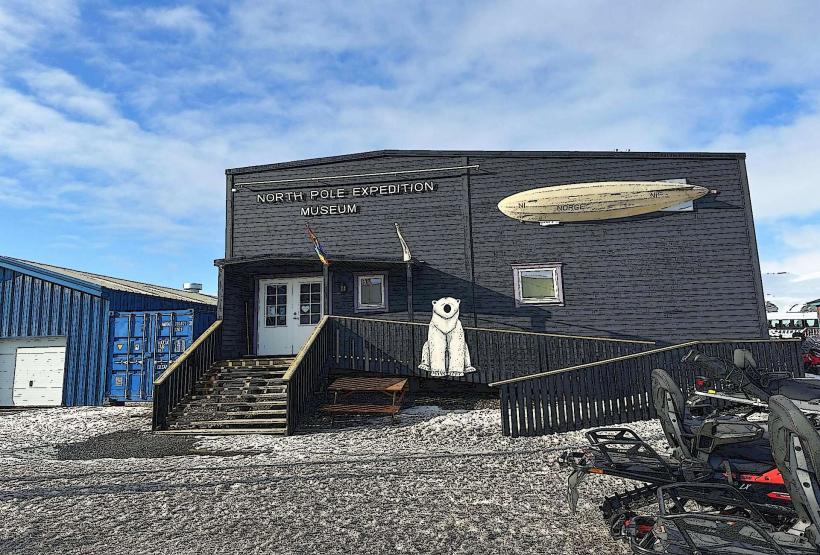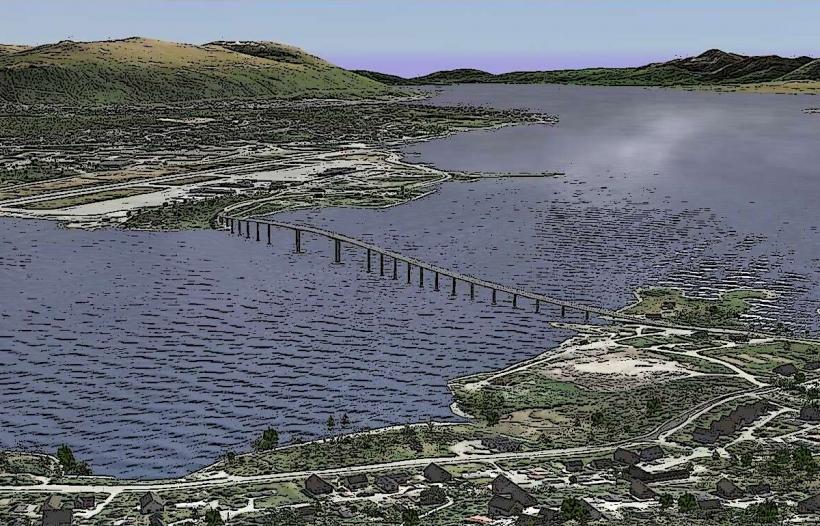Information
Landmark: Arctic-Alpine Botanic GardenCity: Tromso
Country: Norway
Continent: Europe
The Arctic-Alpine Botanic Garden (Arktisk-Alpine Botaniske Hage) is a unique botanical garden located in Tromsø, Norway. Situated at the northernmost point of any botanic garden in the world, it offers visitors the chance to explore a diverse collection of Arctic and alpine plants from around the globe. The garden is part of the University of Tromsø and serves as both a research center and a public space for nature lovers and tourists alike.
Key Features:
1. Unique Location:
- The garden is located just a short distance from the Tromsø city center, perched on the slopes of Mount Tromsdalstinden, and boasts stunning views of the surrounding mountains, the city, and the Tromsø Sound.
- Its position above the Arctic Circle makes it an exceptional place to explore plants that are adapted to life in the harsh conditions of the Arctic and alpine regions.
2. Diverse Plant Collections:
- The Arctic-Alpine Botanic Garden is home to more than 2,000 plant species from the Arctic, alpine, and high-altitude regions of the world. The garden’s layout is designed to showcase plants that thrive in extreme conditions, making it a unique collection of plants from cold and mountainous climates.
- It features plant species from various parts of the world, including:
- Arctic plants from the far north, such as those found in Siberia, Canada, and Greenland.
- Alpine plants from mountainous regions, like the Himalayas and the Andes.
- High-altitude plants from places like the Rocky Mountains and European Alps.
3. Thematic Garden Areas:
- The garden is organized into several thematic sections that represent different types of ecosystems:
- The Arctic Garden: Showcases native plants from the Arctic regions, including hardy species like arctic poppies and willows that thrive in cold and windy conditions.
- The Alpine Garden: Features plants that grow in high-altitude regions and cold climates, such as mountain flowers, alpine grasses, and heathers.
- The Tundra Garden: Focuses on the unique plants that grow in tundra ecosystems, highlighting the adaptive strategies that allow plants to survive in such harsh conditions.
- The Rock Garden: Displays plants that naturally grow among rocks and boulders, such as succulents and creeping plants that have adapted to limited soil.
4. Educational and Research Value:
- The garden is part of UiT The Arctic University of Norway and serves as a research facility where scientists study plant species that thrive in extreme climates. The research focuses on the ecological adaptations of these plants, their role in the local environment, and how they may be affected by climate change.
- The garden is also used for educational purposes, hosting tours and programs for students and visitors interested in botany, ecology, and Arctic and alpine environments.
5. Sustainability and Conservation:
- One of the primary goals of the Arctic-Alpine Botanic Garden is to promote conservation and sustainability. It plays a key role in preserving plant species that are threatened by climate change, habitat loss, and other environmental factors.
- The garden participates in global efforts to conserve rare and endangered plant species, and many of its collections are part of international conservation programs.
6. Seasonal Changes:
- Due to its location, the Arctic-Alpine Botanic Garden experiences dramatic seasonal changes. In the summer months (June to August), the garden is at its most vibrant, with many plants in full bloom. Visitors can enjoy the colorful displays of Arctic and alpine flowers and explore the garden in the 24-hour daylight of the midnight sun.
- In the winter months (November to March), the garden is covered in snow, creating a tranquil and serene landscape. Though fewer plants are visible, the winter season offers a unique opportunity to appreciate the beauty of the garden's structure and its role in the environment. The snow-covered garden provides a different, more contemplative atmosphere.
7. Visitor Experience:
- The garden is open to the public year-round, and there is no admission fee. It is a popular destination for tourists, as well as locals who want to enjoy nature and learn about the unique flora of the Arctic and alpine regions.
- There are well-maintained paths that make the garden accessible to visitors of all ages, allowing for leisurely walks through the various sections. The paths also provide opportunities to stop and enjoy the views of the surrounding mountains and city.
- Informational signs and labels are placed throughout the garden to educate visitors about the plants, their habitats, and their significance. There are also guided tours available, which can provide more in-depth information about the plants and ecosystems of the region.
8. Special Events and Activities:
- The garden hosts various events throughout the year, including plant-related workshops, lectures, and guided tours focused on specific themes such as Arctic flora, conservation, and the impact of climate change on plant life.
- It is also a popular spot for photography, as visitors can capture the diverse plant life set against the backdrop of Tromsø's dramatic scenery.
Best Time to Visit:
- Summer (June to August): This is the best time to visit the Arctic-Alpine Botanic Garden, as many plants will be in full bloom, and the weather is mild. Visitors can enjoy the garden’s vibrant colors and extended daylight hours.
- Spring and Autumn (April to May, September to October): These transitional months can be quiet but offer a unique opportunity to see the garden as it changes seasons. Spring offers early flowers, while autumn showcases the last blooms before winter sets in.
- Winter (November to March): While fewer plants are visible, the winter months offer a serene, snow-covered landscape that highlights the hardiness of the Arctic and alpine plants. The garden’s peaceful atmosphere in winter is ideal for those seeking a quiet retreat.
Conclusion:
The Arctic-Alpine Botanic Garden in Tromsø is a truly unique and beautiful destination that offers visitors a chance to explore the fascinating world of Arctic and alpine plants. With its stunning location, diverse plant collections, and educational value, it is a must-visit for nature enthusiasts, botany lovers, and anyone interested in the wonders of the northernmost flora. Whether you're visiting in the summer to see the garden in full bloom or in the winter for a peaceful, snow-covered experience, the garden provides a beautiful and educational escape into the heart of Tromsø's Arctic environment.

